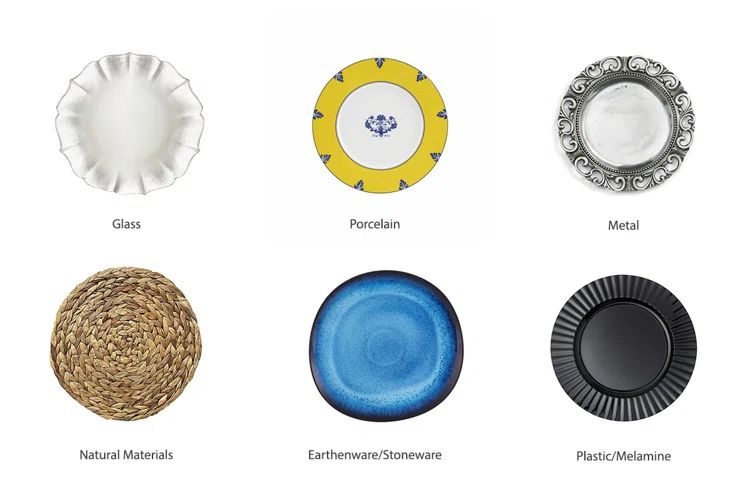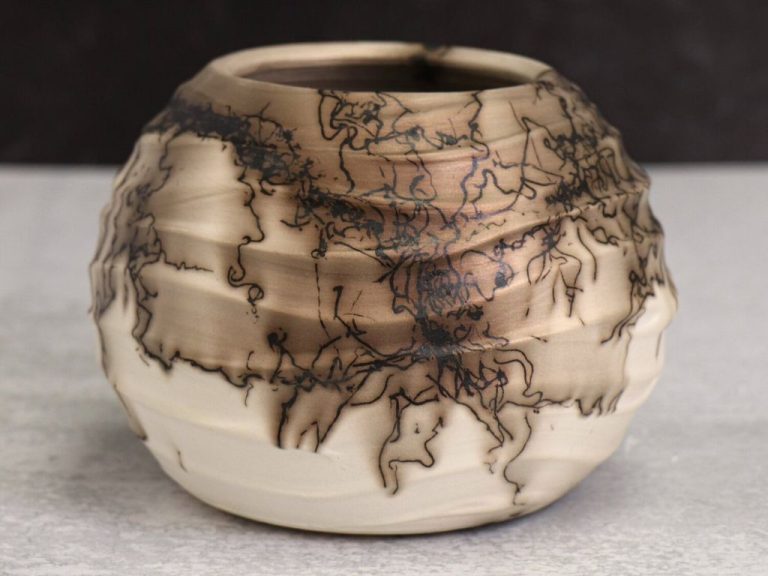Is Reclaimed Wood Dining Table Good?
Reclaimed wood is lumber that has been previously used in one application, but is reused or repurposed for another use. It often comes from old barns, factories, and other buildings that are renovated or demolished. In recent years, reclaimed wood has surged in popularity as an eco-friendly and aesthetically pleasing material for home decor and furniture.
According to research, the reclaimed wood market size was valued at USD 17.33 billion in 2019 and is expected to grow at a compound annual growth rate of 4.3% from 2020 to 2027 (https://www.terramai.com/blog/reclaimed-wood-story/). The demand for reclaimed wood continues to increase as more consumers value sustainability and natural, rustic charm in their homes.
When it comes to dining tables, reclaimed wood offers unique benefits but also has some drawbacks to consider. This article provides an overview of the pros and cons of using reclaimed wood for dining tables, to help readers decide if it is a good choice for their home.
Sourcing Reclaimed Wood
Reclaimed wood comes from a variety of sources, including old barns, factories, warehouses, homes, and other buildings (1). Much of the reclaimed wood in the US comes from the Eastern and Central states, where there are many old barns, factories, and warehouses that are torn down or renovated (2).
Some specific sources of reclaimed wood include:
- Old barns – Wood from the structure, siding, and flooring
- Decommissioned factories and warehouses – Beam, posts, and decking
- Old homes and buildings – Flooring, siding, trim, and structural wood
- Old wharfs, docks, and piers – Weathered decking and beams
- Old railroad ties and fencing – Sturdy oak and other hardwoods
One concern with sourcing reclaimed wood is the potential for contaminants like lead paint, petroleum residues, and chemical treatments. Responsible resellers test their reclaimed wood and avoid using any materials that contain unsafe levels of contaminants (3). Look for reclaimed wood suppliers who follow best practices for obtaining and testing salvaged lumber. With quality sourcing and preparation, reclaimed wood can be safely reused.
(1) https://www.bos.com/inspired/how-its-made-reclaimed-wood/
(2) https://www.terramai.com/blog/top-questions-about-reclaimed-wood/
(3) https://www.reclaimedflooringco.com/what-is-reclaimed-wood/
Pros of Reclaimed Wood
One of the biggest pros of using reclaimed wood for furniture is that it has a unique rustic aesthetic that showcases the wood’s natural imperfections and history.
Reclaimed wood is highly eco-friendly and sustainable. As noted by Elemental Green, using reclaimed lumber decreases demand for newly sourced lumber, helping curb deforestation. Reusing wood that would otherwise go to waste gives it new life and keeps it out of landfills.
The imperfections in reclaimed wood, like nail holes, cracks, weathering, and different stain colors tell a story about the material’s previous life. This gives reclaimed wood pieces a charming, antique look that is difficult to replicate with new wood.
Cons of Reclaimed Wood
While reclaimed wood has many benefits, there are some potential drawbacks to consider as well.
One con is that reclaimed wood can be more expensive than new wood. According to Elemental Green, “Used wood costs 50-75% more than new wood.” This is because of the labor involved in salvaging, preparing, and repurposing the wood. The limited supply also drives up costs compared to more readily available new lumber.
Another limitation of reclaimed wood is that you are restricted to the sizes and shapes of the original lumber. It can be challenging to find reclaimed wood planks and beams in consistently long lengths or standard dimensions. The wood often needs to be creatively incorporated into the design to work around any size restrictions.
Finally, most reclaimed wood requires an additional protective finish, such as a sealant or lacquer. According to Melton Design Build, the wood “must be milled and have a new finish applied” for use in furniture or interior projects. The finish protects against wear, prevents splintering, and enhances the look of the reclaimed wood.
Reclaimed Wood Maintenance
Proper maintenance is key to keeping reclaimed wood furniture looking its best. Here are some tips for caring for reclaimed wood:
Regular dusting and cleaning are important. Use a soft cloth to gently wipe away dust and dirt. For a deeper clean, mix together water, white vinegar, and a small amount of olive oil and wipe the wood down with this solution (Urban Legacy). This helps clean the surface without damaging it.
Over time, the protective finish on reclaimed wood can wear away. Apply a fresh coat of finish periodically to protect the wood. Many experts recommend using a beeswax furniture polish or wood conditioner (Rustic Modern Collection). This will moisturize the wood and give it a refreshed look.
Avoid placing reclaimed wood furniture in direct sunlight whenever possible. The UV rays can cause discoloration, fading, and drying over time. Keeping it out of prolonged sun exposure will help maintain its original weathered patina (Saltwoods).
Cost Considerations
Reclaimed wood dining tables can range widely in price depending on the size, quality of the wood, and styling. Here are some typical price ranges from popular suppliers:
Rustic Red Door (https://rusticreddoor.com/collections/reclaimed-wood-dining-tables): $3,300 – $5,600 for a 6-8 person dining table.
Brick Mill Furniture (https://brickmillfurniture.com/collections/reclaimed-wood-dining-barnwood-furniture): $771 – $2,500+ for tables seating 4-10 people.
Woodland Creek Furniture (https://woodlandcreekfurniture.com/shop-by-style/reclaimed-wood-furniture/reclaimed-dining-tables.html): $2,169 – $4,825 for tables seating 6-10.
In comparison, newly manufactured solid wood dining tables often range from $800 – $2,000 for smaller 4-6 person tables from mass retailers. High end solid wood tables can be $3,000+, but reclaimed wood tables provide more character and uniqueness.
For those on a budget, look for smaller tables seating just 4 people, or consider a DIY project using reclaimed wood if you have the skills and tools. Simple hairpin leg bases can pair nicely with a reclaimed wood tabletop slab. Building your own table allows custom sizing too.
Sourcing Reclaimed Wood Tables
There are several places to source authentic reclaimed wood tables:
Antique stores – Many antique stores and vintage furniture shops have a selection of reclaimed wood tables. When sourcing from an antique dealer, inspect the wood closely to verify it is genuine reclaimed wood with signs of natural distress and aging.
Online sellers like Etsy – Sites like Etsy feature independent makers selling reclaimed wood furniture. This can be a good option to find unique, custom reclaimed wood tables. Review seller ratings and product reviews to ensure quality.
Custom shops – For a tailored design, many woodworkers and carpenters offer reclaimed wood tables made to order. Custom reclaimed wood tables allow you to choose details like size, wood type, finish, and base style to match your vision.
Design Considerations
When selecting a reclaimed wood dining table, it’s important to consider the design and how it will fit into your home’s decor and layout. Here are some key factors to think about:
Matching to Decor – Reclaimed wood tables come in a wide range of styles, from rustic farmhouse to modern industrial. Consider your existing decor and aesthetics when choosing a table. A reclaimed wood table can act as a statement piece and design anchor for a room, or blend seamlessly into your current look. Take into account finishes, metal accents, leg styles, and live edge or epoxy details that coordinate with your vision.
Size and Shape for Space – Carefully measure your dining space and visualize what size and shape table will work best. Round, oval, square, rectangular, and even custom shapes are possible with reclaimed wood. Scale the size appropriately to allow for comfortable circulation and seating. Extendable dining tables can allow flexibility for everyday meals or entertaining larger groups.
Complementary Chairs/Bench – The chairs or bench paired with your reclaimed wood table significantly impact the look and feel. Upholstered chairs provide contrast and a soft touch, while wood chairs complement the table. Benches offer casual seating for many and can store below the table. Choose chairs and benches that complete the design with suitable style, materials, and proportions.
Examples of Reclaimed Wood Tables
Reclaimed wood dining tables come in a variety of styles to match different aesthetics. Here are some popular design options:
Farmhouse
Farmhouse style reclaimed wood tables feature a rustic, worn look. They often incorporate elements like turned legs, distressed finishes, and accent hardware for a cozy, vintage feel. These tables pair well with decorative chairs and French country or cottage decor.[1]
Industrial
Industrial reclaimed wood tables have an urban loft vibe. Design features include metal accents, exposed joinery, straight clean lines, and unfinished or weathered wood. Concrete, steel, and leather furnishings complement this bold, warehouse-inspired style.[1]
Modern
For a contemporary look, reclaimed wood tables often have sleek, simple lines and a smooth sanded finish. The organic wood tones and patterns add warmth and texture to modern spaces. Glass, metal, and plastic chairs keep the overall aesthetic light and airy.
Finishes
Reclaimed wood tables may have a whitewashed or pickled finish for a painted cottage look. Natural, oiled finishes highlight the wood’s original patina and grain. The finish choice impacts the overall style greatly.
Conclusion
Reclaimed wood dining tables offer a range of pros and cons to consider. On the plus side, reclaimed wood has a unique, rustic aesthetic that brings natural warmth and character to a space. It also offers an eco-friendly way to reuse materials that would otherwise go to waste. However, reclaimed wood requires extra maintenance to clean and seal the porous surface, and it can be more expensive than new wood.
Ultimately, reclaimed wood dining tables are best suited for people who appreciate the beauty of natural imperfections and are willing to put in the extra care to maintain the wood. For those seeking an affordable, low-maintenance option, new wood may be a better fit. But for those drawn to the history and uniqueness of reclaimed materials, a reclaimed wood dining table can be a stunning showpiece. Focus on sourcing reclaimed wood from ethical and sustainable sources, and properly finishing and sealing the table for long-lasting durability and beauty. With the right expectations and care, a reclaimed wood dining table can be a wonderful addition to your home.





